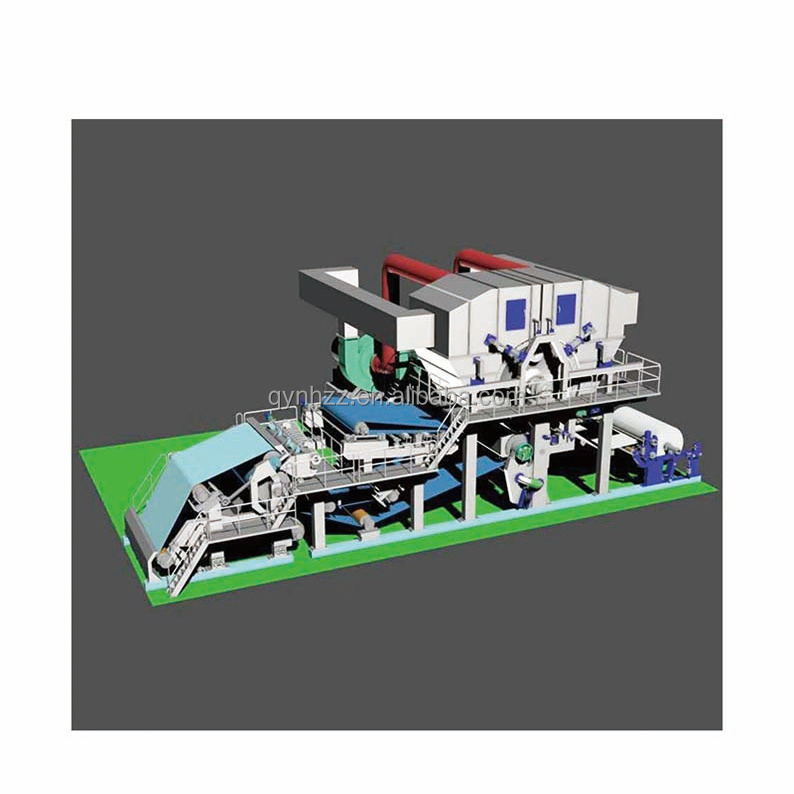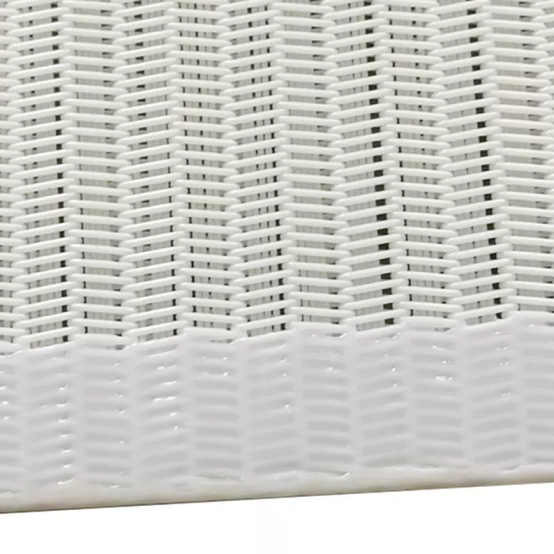Essential Insights into Tissue Paper Process Equipment for Efficient Manufacturing
Release time:
2025-04-02
The manufacturing of tissue paper involves a sophisticated interplay of various process equipment designed to ensure high-quality output while maintaining operational efficiency. Tissue paper process equipment typically includes components such as pulping machines, tissue machines, and finishing equipment. Each of these components plays a vital role in the overall production process. Pulping machi
Pulping machines are the starting point in tissue paper manufacturing. They convert raw materials, such as recycled paper or virgin pulp, into a slurry that can be processed into sheets. The efficiency of this stage significantly impacts the quality of the final product. Advanced pulping technologies, such as the use of chemical processes or mechanical methods, can enhance the yield and reduce energy consumption, making them critical for modern tissue production.
Once the pulp is prepared, it is fed into the tissue machine, which is the heart of the tissue paper process equipment. Tissue machines are designed to form, press, and dry the paper sheets. The ability to control parameters such as sheet thickness, moisture content, and tensile strength is essential. Manufacturers often utilize advanced control systems and sensors to monitor these parameters in real-time, ensuring consistent product quality and reducing waste.
Finishing equipment, including rewinders and slitters, are essential for preparing the tissue paper for packaging and distribution. These machines help in converting the large rolls of tissue paper into smaller, consumer-ready sizes. Innovations in finishing technology can lead to faster processing times and improved accuracy in cutting and packaging, thus enhancing overall productivity.
Another critical aspect of tissue paper process equipment is energy efficiency. The manufacturing process can be energy-intensive, and incorporating energy-efficient technologies not only reduces operational costs but also minimizes the environmental impact. Techniques such as heat recovery systems and optimized drying processes are becoming increasingly popular in the industry.
In conclusion, understanding the various components and technologies associated with tissue paper process equipment is vital for professionals in the manufacturing sector. By focusing on advanced pulping methods, state-of-the-art tissue machines, and efficient finishing processes, manufacturers can significantly enhance their production capabilities. As the industry continues to evolve, staying abreast of these developments will be key to maintaining a competitive edge in the market.
Qinyang NH Paper Machinery Industrial Group Co., Ltd.
WhatsApp/WeChat:Cathy Wang 0086-15721522521
WhatsApp/WeChat:Ailsa Zhao 0086-18300605679
ADD: Jianshe Road(South),Qinyang City Henan Province,China

Cathy Wang

Alisa Zhao

TikTok
Copyright©Qinyang City Nianhai Net Industry Co., Ltd.
SAF Coolest v1.3.1.1 设置面板 AIVSX-ZBBO-FQSEE-ZAS
无数据提示
Sorry, the current column has no content for the time being.!
You can view other columns or returnHome Page




